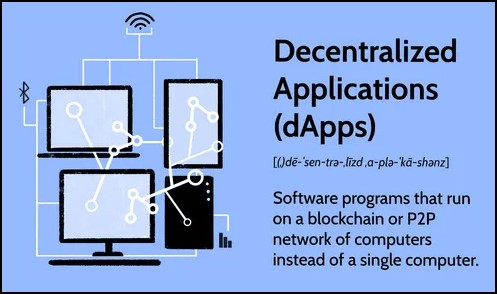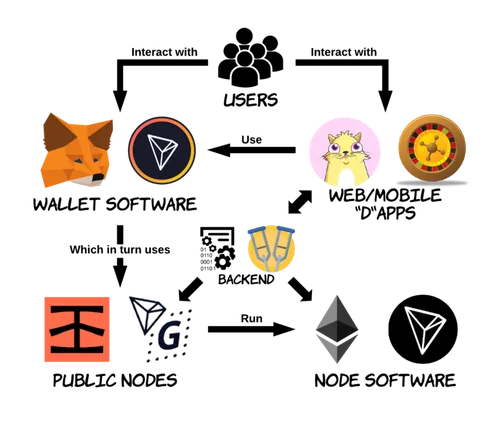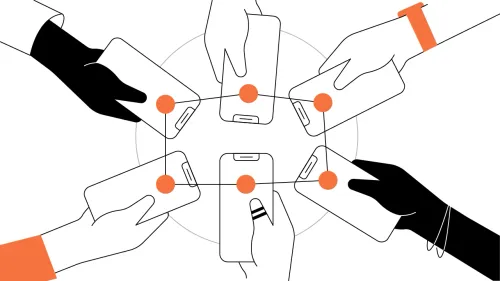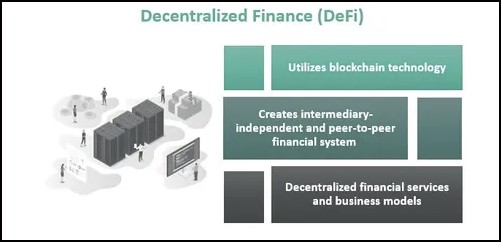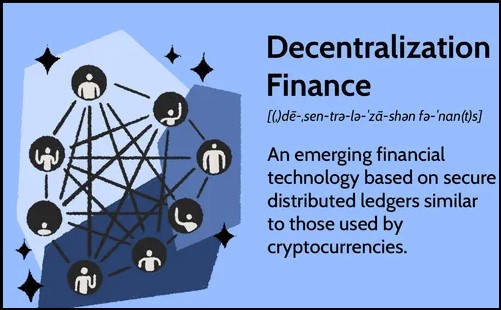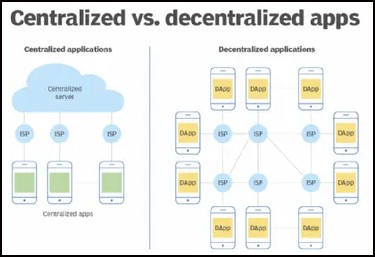Centralized Applications
Centralized applications, or "CApps," are software systems that rely on a central server controlled by a single entity. In this model, all data processing, storage, and management occur within a centralized environment, usually managed by the company that offers the service. Users interact with these apps by sending requests to the central server, which processes and returns the needed data. Centralized apps, like Facebook and Amazon, are known for their efficiency, speed, and ease of management, allowing for quick updates and a streamlined user experience.


